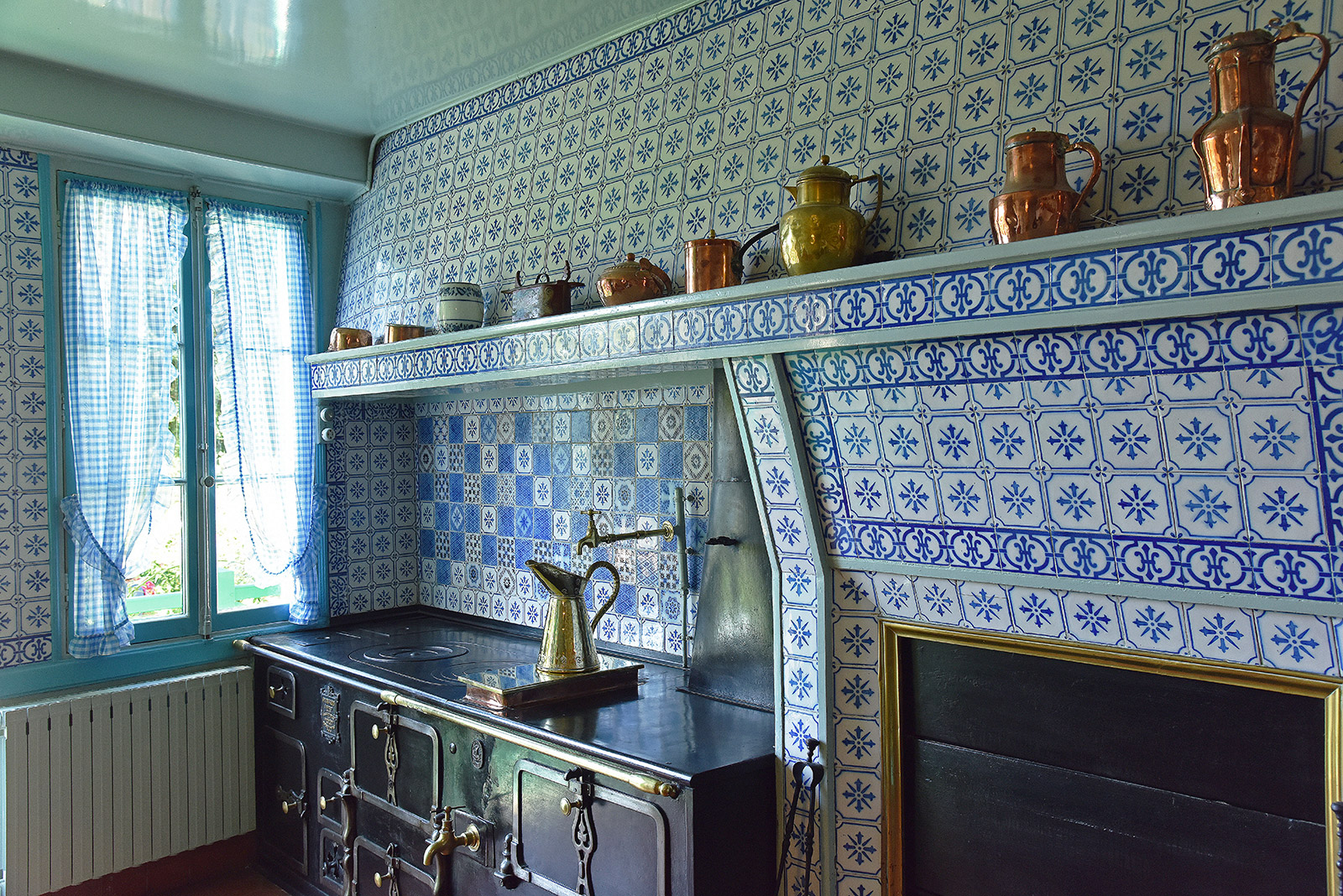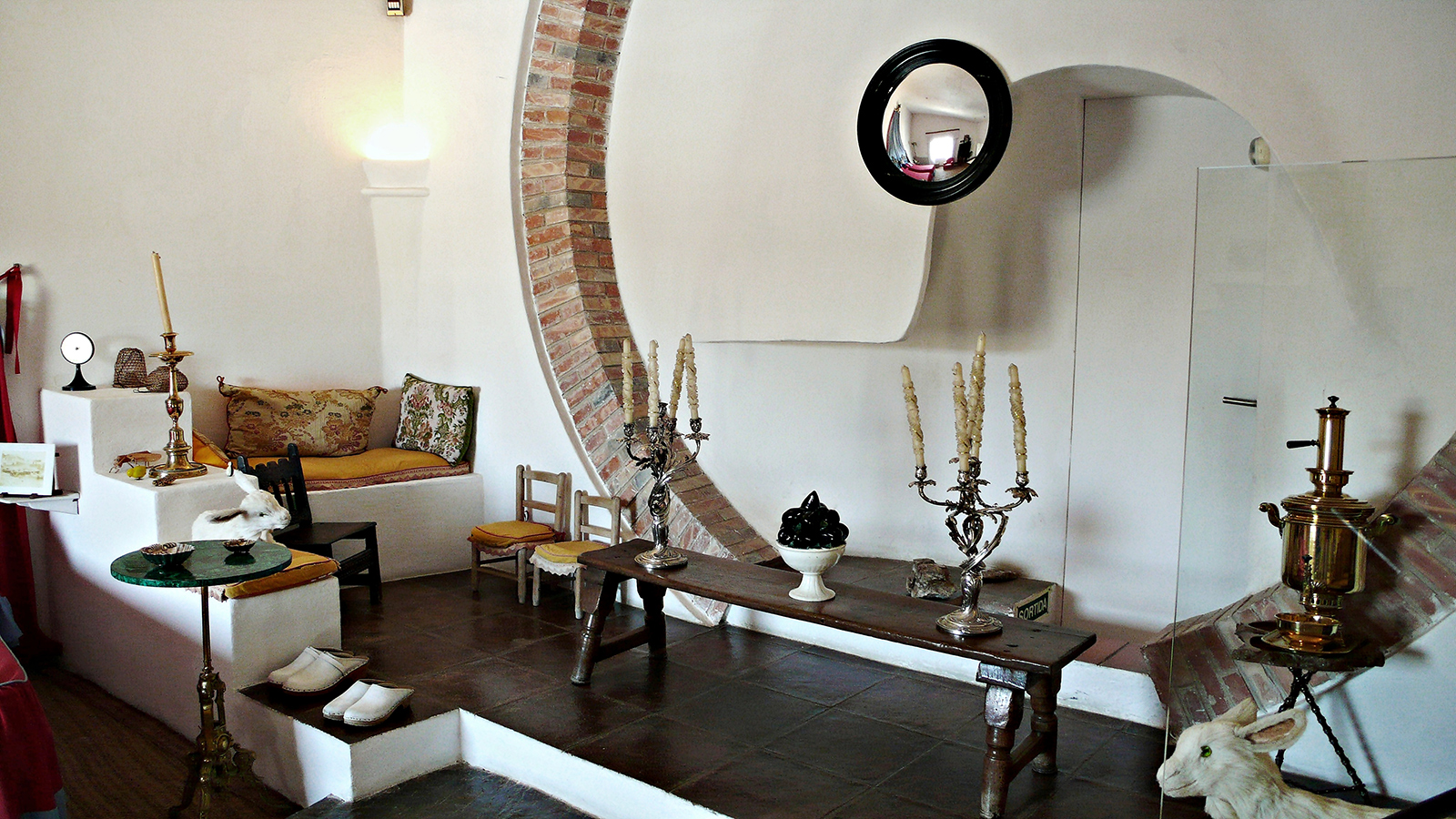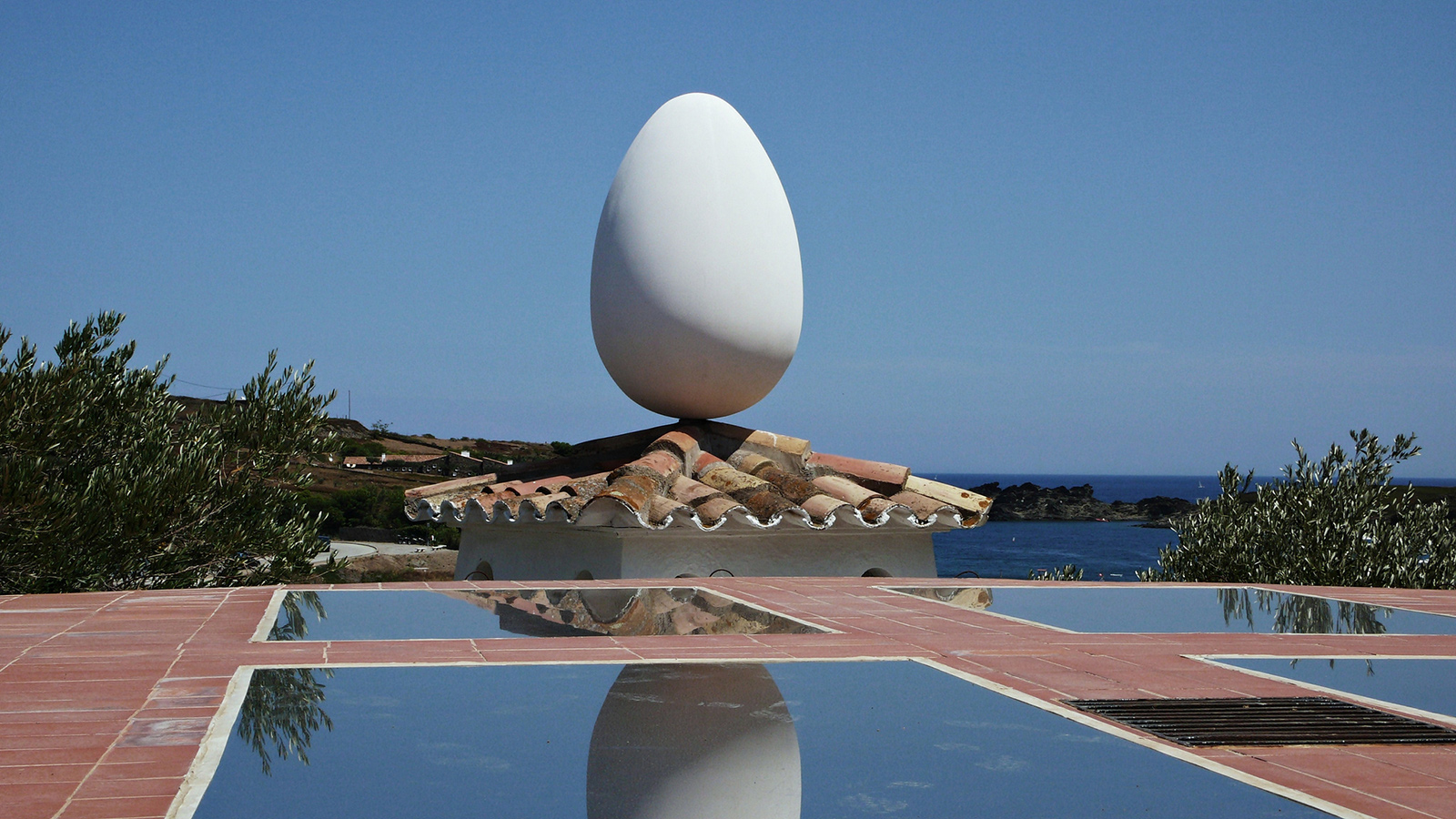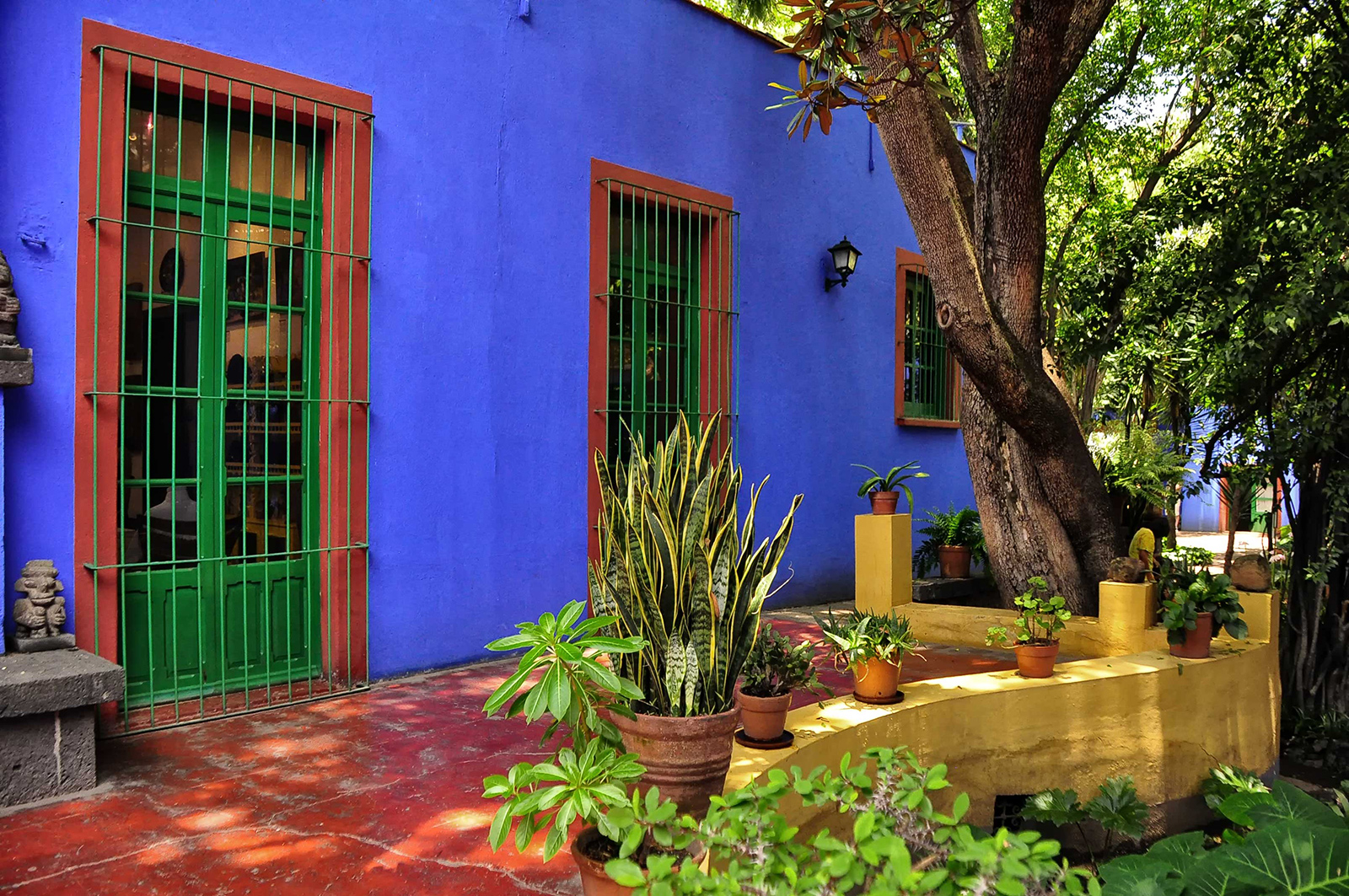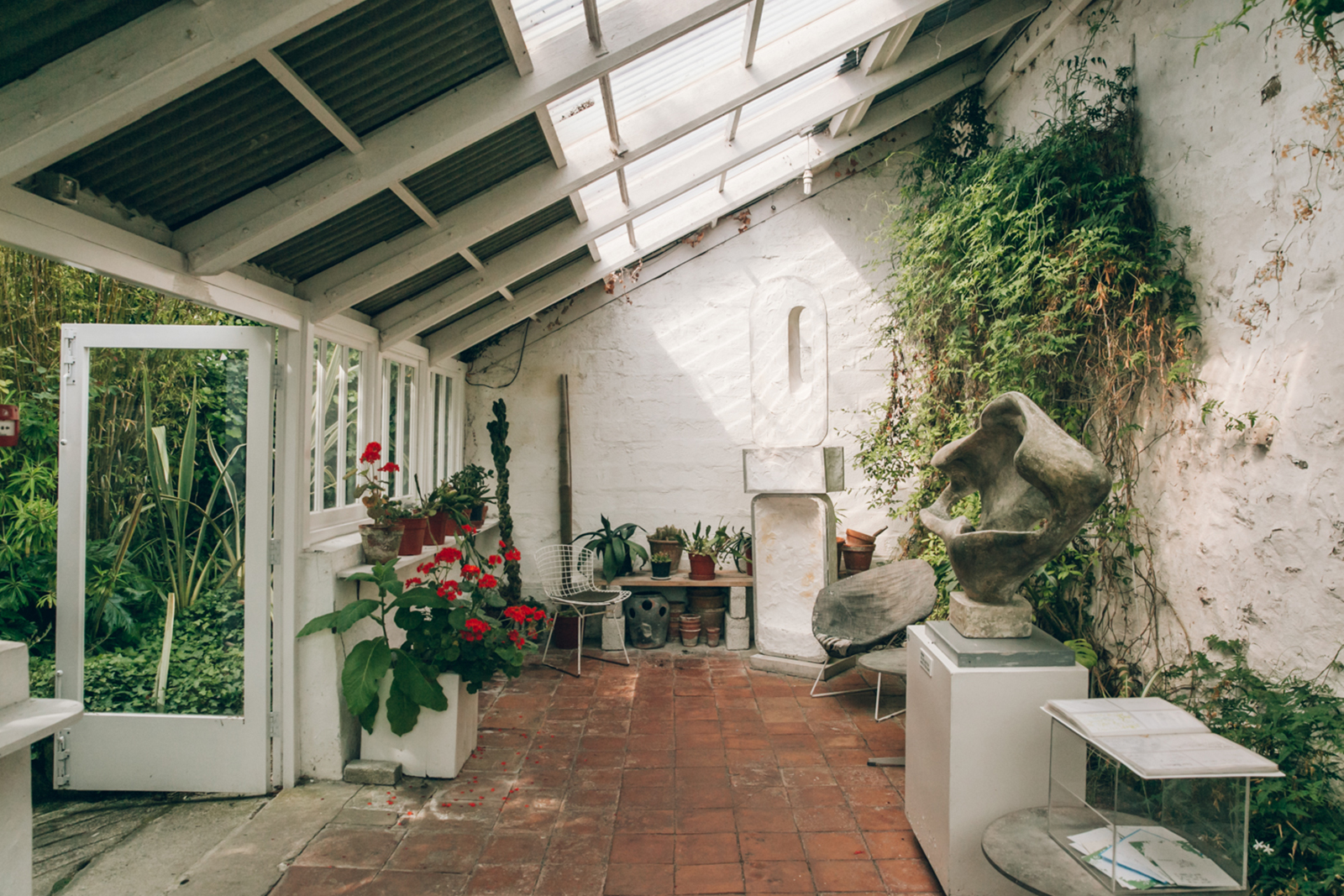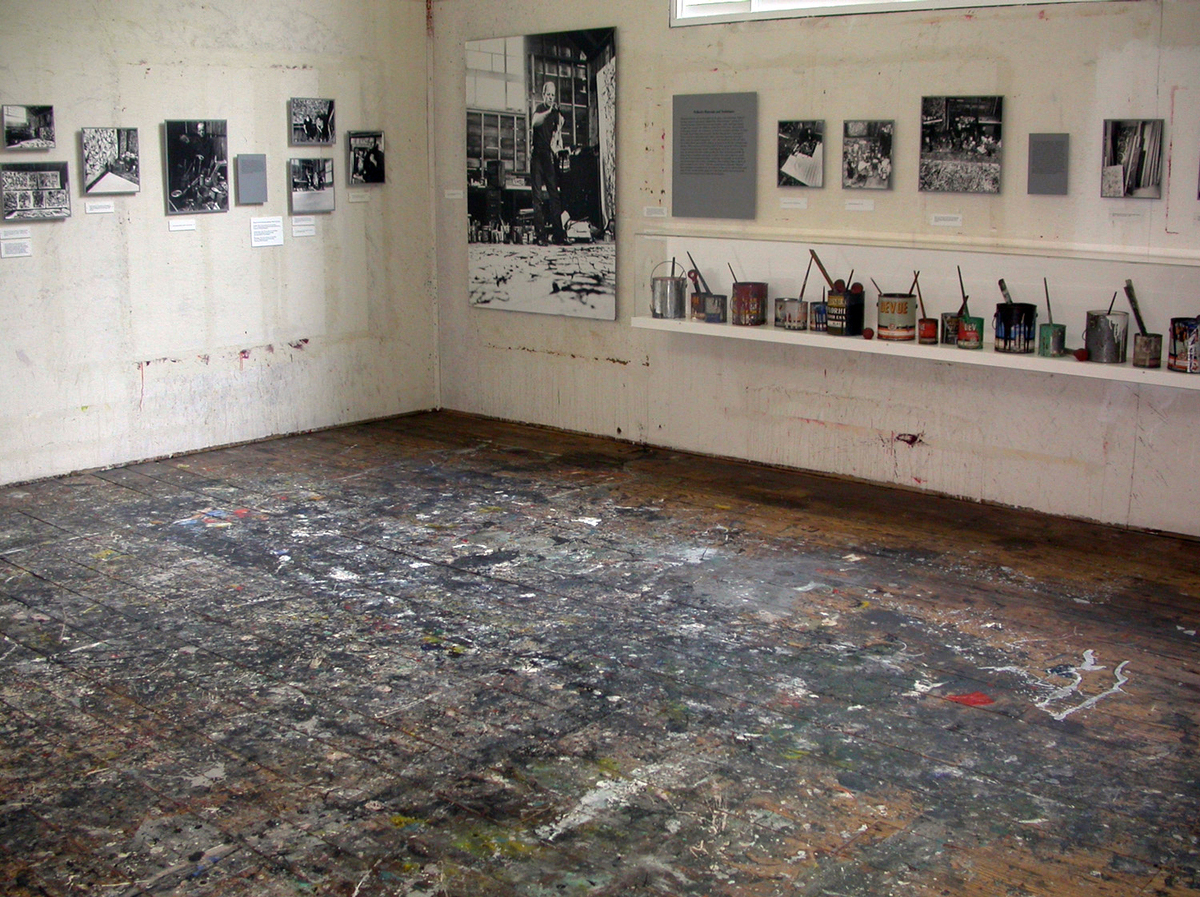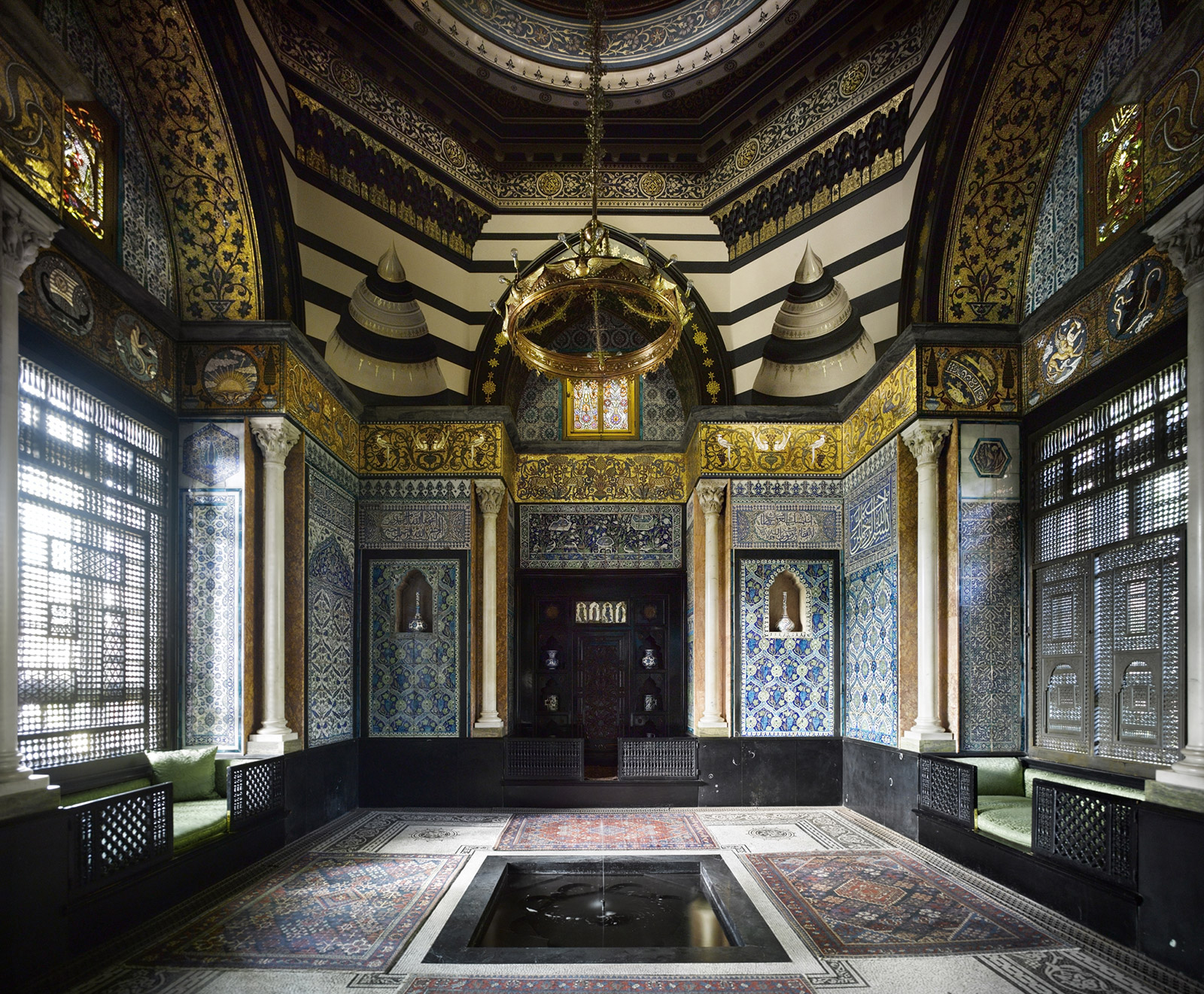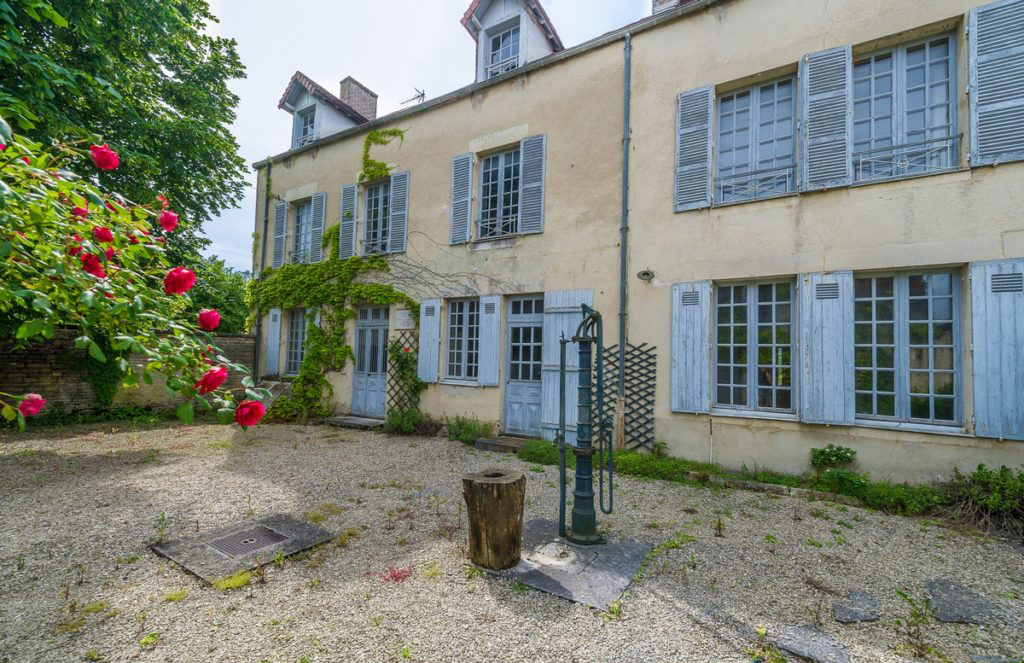 Some home upgrades—notably anything involving plumbing or electricity—demand a professional. But others? Not so much. In fact, in an age when homeowners feel empowered to square off with many home improvement projects themselves, creating DIY decor has become a typical weekend activity.
Some home upgrades—notably anything involving plumbing or electricity—demand a professional. But others? Not so much. In fact, in an age when homeowners feel empowered to square off with many home improvement projects themselves, creating DIY decor has become a typical weekend activity.
So to keep you busy during these first few weeks of spring, we’ve assembled a collection of home projects inspired by our current favorite interior-design posts on Instagram. Here are five fabulous, high-reward endeavors no one will believe you actually pulled off yourself.
1. Built-in entryway bench
This cozy entryway bench, seen in a post from @michaelaiduss, makes a wonderful first impression on anyone who walks through your front door. And it won’t take you more than a few days to recreate on your own.
“A built-in entryway bench adds a touch of luxury,” says Sarah Gaffney, lead designer at Next Stage Design. “If you have some carpentry skills, these are actually doable yourself. Otherwise, you can also use a high-backed settee to create a similar look.”
Get the look: Check out this tutorial to create a DIY entryway bench.
2. Wainscot bedroom walls
We love design elements that make a home feel rich with history, and these wainscot walls do all that and more in this cozy bedroom designed by @lindsay_salazar_photography.
“Wainscotting gives a nostalgic feeling to any space by bringing a neoclassical architectural element to your room,” says designer Courtney Wollersheim, of FLOOR360. “Painting the wainscot an unexpected color like cool blue or sage green modernizes this iconic design feature.”
Get the look: Create your own wainscot bedroom walls with this guide, then paint them in a contemporary shade such as Modern Love or Lawn Party by Backdrop Home.
3. Recessed display cabinets
Looking for more storage space but coming up short on the “space” part? Check out these recessed cabinets from @vivirdesign.
“Recessed display cabinets are an efficient way to display items, without taking up space in your living area,” says Johnson. “Add extra design punctuation with decorative pulls, or by painting the border of your shelves or cabinets.”
Get the look: Find a recessed wall shelf by shopping this collection, then check out this tutorial for the install.
4. Large-striped wallpaper
Who doesn’t love a bold, retro wallpaper? These larger-than-life stripes, seen in a post from @joinfreddie, can be achieved with your own two hands in just a few days.
“Vertical stripes are a great way to trick the eye into thinking a small space is larger than it is,” says Gaffney. “I would recommend stripes in neutral tones, like the ones pictured, as they won’t overwhelm other parts of your design.”
Get the look: Re-do your powder room with this striped wallpaper.
5. Brass pot rack
Lately, we’ve clocked a kitchen trend that indicates homeowners are getting comfortable with displaying their wares. Some have swapped cabinets for shelves, while others have opted for glass-front doors on their cabinets.
If you’re keen on showing off your beautiful collection of pots and pans, we have good news: you can build a DIY rack similar to the one above from @michaelaiduss.
“Floating shelves and bar carts are everywhere,” says Johnson. “It was only a matter of time before ceiling racks made a triumphant return.”
Get the look: Follow along with this tutorial to make your very own DIY pot rack.
For this and related articles, please visit Realtor.com



















